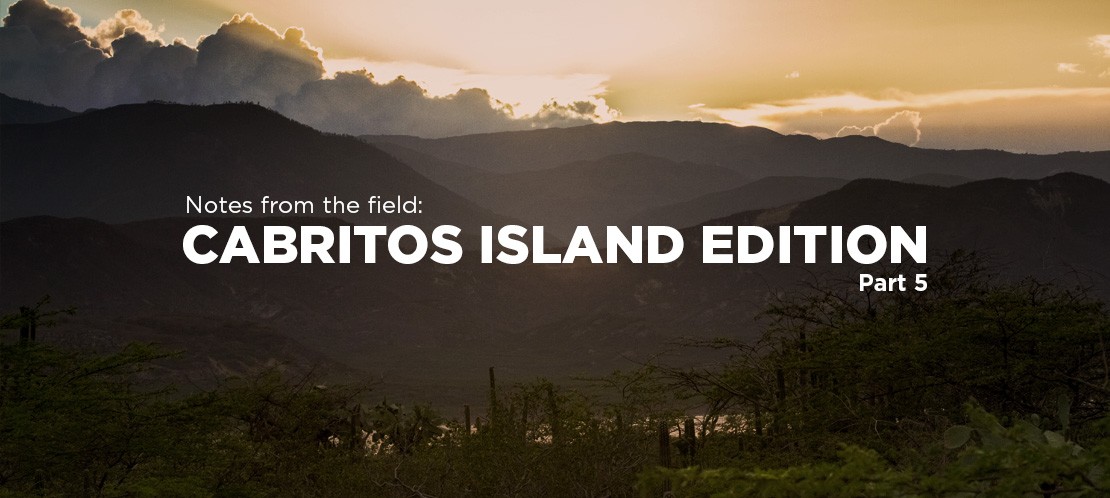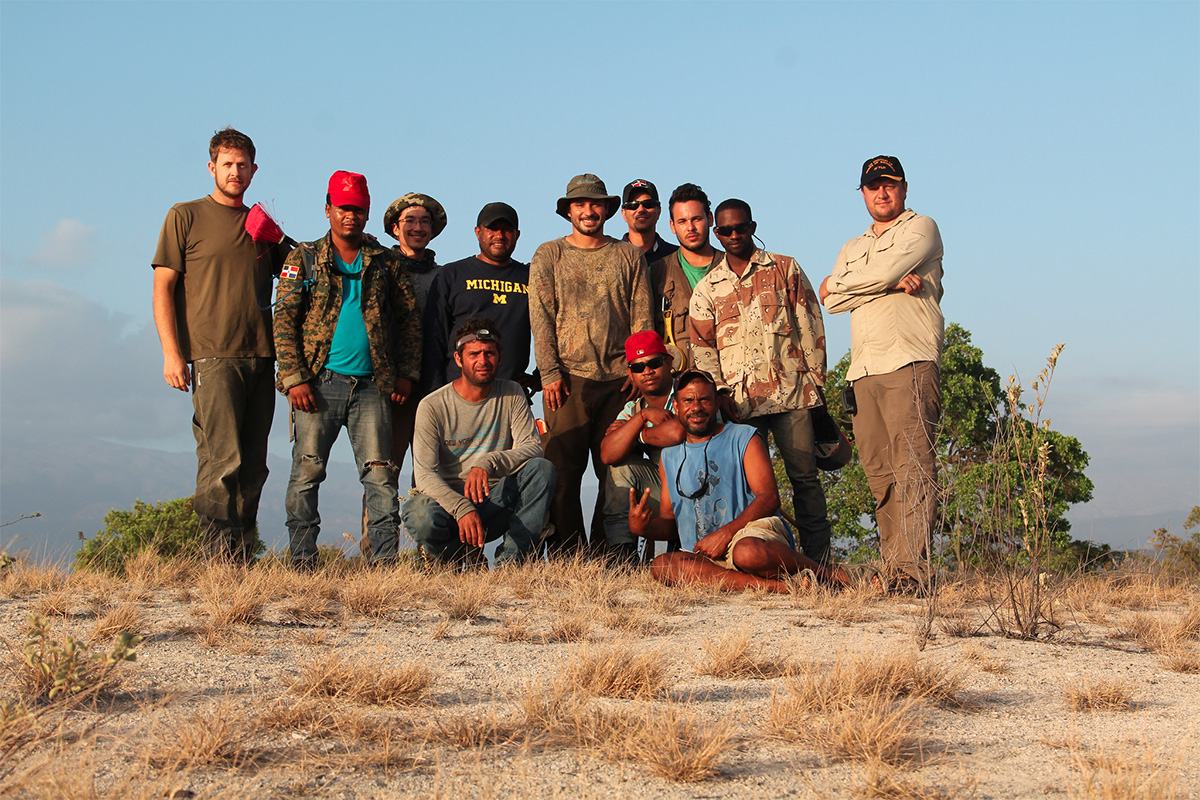December 4, 2024
The Ebiil Society: Champions of Palau
Ann Singeo, founder of our partner organization the Ebiil Society, shares her vision for a thriving Palau and a flourishing world of indigenous science!
We use cookies to help you navigate efficiently and perform certain functions. You will find detailed information about all cookies under each consent category below.
The cookies that are categorized as "Necessary" are stored on your browser as they are essential for enabling the basic functionalities of the site. ...
Necessary cookies are required to enable the basic features of this site, such as providing secure log-in or adjusting your consent preferences. These cookies do not store any personally identifiable data.
Functional cookies help perform certain functionalities like sharing the content of the website on social media platforms, collecting feedback, and other third-party features.
Analytical cookies are used to understand how visitors interact with the website. These cookies help provide information on metrics such as the number of visitors, bounce rate, traffic source, etc.
Performance cookies are used to understand and analyze the key performance indexes of the website which helps in delivering a better user experience for the visitors.
Advertisement cookies are used to provide visitors with customized advertisements based on the pages you visited previously and to analyze the effectiveness of the ad campaigns.
Looking to make an impact this Earth Month? Here’s how.

From boats and ATVS, to vanishing cows, to baby iguanas it’s been a big year for the project. Read on to hear Wes Jolley’s final update from his recent trip including the project status, positive impacts to date, and next steps.

I’m writing this as I’m wrapping up our current deployment to the Dominican Republic and I’m getting ready to head back home to Santa Cruz, California. I hear home is having a cold snap so it’s going to feel downright arctic compared to the hot humid days on Cabritos. Still, I’m excited to see my wife and dog, and to share stories of my trip with all my awesome colleagues at Island Conservation’s headquarters.
We’ve had a busy trip, but the past few days have been extra crazy. We had to completely shut down and demobilize the field camp while ensuring our long-term monitoring cameras had full batteries and were well positioned. Once we left island, we had to take the gear, people, and dogs back to the capital of Santo Domingo. The drive is only about 170 miles (275 km), but it takes all day because of small roads that go through many towns. Fun sightseeing, but exhausting. Once in the capital, we took the dogs to a veterinarian for health inspections (they passed with flying colors), then got everyone and everything ready to fly out the next morning. Luckily everything went super smooth, and I’m the only participant who hasn’t made it safely back home yet.

While we made progress this trip, it wasn’t quite as successful as we hoped, as we know that feral cats remain on Cabritos Island. However, it’s incredibly motivating to see just how close we are. Ultimate success is within our grasp, even though we may still have a lot of hard work to get there. We plan to continue work using a somewhat smaller field team early this year. We’ll adapt our strategy appropriately for the next phase of the project, and spend a significant amount of effort looking for any animals we don’t already know about. I can’t express strongly enough how happy I am with the successes of the local field team. I’m confident we have the right people for the job ahead.
I’m happy that I didn’t see much sign of invasive species, but I’m even happier that I did see lots of iguanas! We’ve now gone through two nesting seasons with a reduced (now extremely reduced) feral cat population and it shows. In 2013, we never saw small iguanas, now you can’t miss them. They spend their first couple years hanging out in bushes and trees, but will run for cover if something startles them. Now a walk on the island isn’t complete without the sound of little ‘thud…scurry…scurry’ as small iguanas drop from their trees and scramble for cover. One great thing about working to recover iguanas is that they reproduce relatively quickly, so we can already see the benefits of our hard work. It’s a luxury compared to protecting some species that may still take years to begin to rebound.
Well, that’s about it from me. I hope you’ve enjoyed following along on our trip! I can’t do my job without the amazing team at Island Conservation, strong partnerships with local organizations, and the generosity of individuals and institutions that support our organization. Thanks!
Like what you read? Join Wes, his team, and Island Conservation today to save some of the most threatened lizards in the world!
Our goal is to raise $22,000 by February 1, 2016 to save the Critically Endangered Ricord’s Iguana and Vulnerable Rhinoceros Iguana. By continuing removal of invasive species from Cabritos Island. This funding will be put directly on the ground to purchase supplies and feed our Dominican field team as they battle the scorching temperatures, avoid the crocodiles, and remove invasive species—all to save these wondrous and wild iguanas who, without your help, could be lost forever. Over the next several months we’ll be reaching out to conservation heroes like you, the queens and “kings of all wild things”, to amplify this “wild rumpus”. You can join the campaign by donating directly (all gifts support the Cabritos Island Restoration Project or by becoming an ambassador for the campaign and sharing with your friends, family, and colleagues.
Check out other journal entries we think you might be interested in.
Notifications